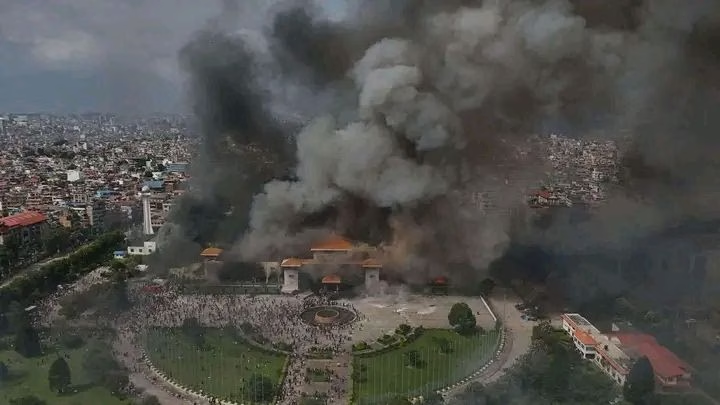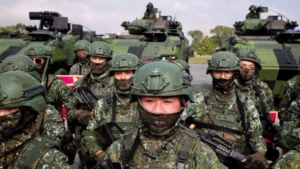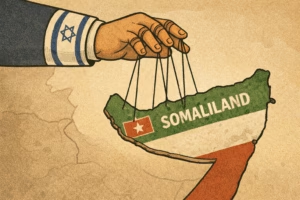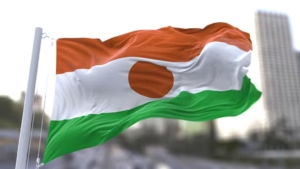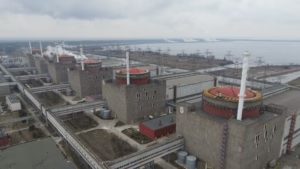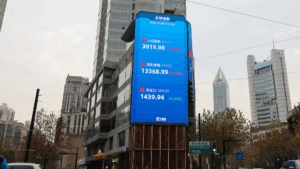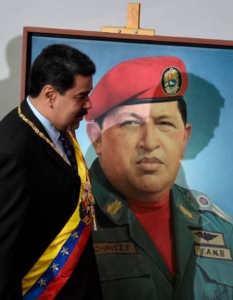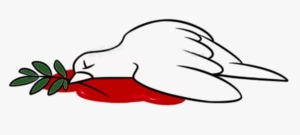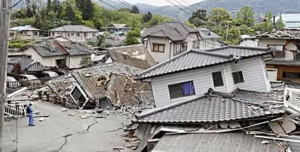The Himalayan nation of Nepal has been plunged into turmoil following the resignation of Prime Minister K.P. Sharma Oli. His departure on Tuesday came after days of violent demonstrations in Kathmandu that left at least 19 people dead and hundreds more injured, underscoring a crisis not witnessed in decades.
The protests began on Monday, initially sparked by the government’s decision to block several major social media platforms, including Facebook, YouTube and X. The restriction was lifted on Tuesday, but by then anger among young people had already erupted into full-scale confrontations with security forces.
Demonstrators, many of them in their late teens and early twenties, accused the government of stifling their voices while failing to address corruption and economic hardship. Local media reported that mobs set fire to the parliament building and looted the homes of senior officials.
One young protester expressed dismay at the government’s handling of events.
“I joined for a peaceful protest, but the government responded with violence,”
a 20-year-old told AFP.
As unrest intensified, the Nepalese army confirmed that Prime Minister Oli, together with six cabinet ministers, was evacuated to an undisclosed safe location after demonstrators torched his residence and that of the vice president.
With pressure mounting on his leadership, Oli tendered his resignation on Tuesday. His decision followed widespread condemnation of the government’s heavy-handed approach, including allegations of excessive force by police officers during clashes that left more than 100 of them injured.
Authorities confirmed that at least 19 people had died in Kathmandu during the violence, with close to 400 others suffering injuries. The scale of bloodshed shocked many in a country that has endured political turbulence since the abolition of its Hindu monarchy in 2008 but has rarely experienced such intensity of youth-led anger.
Observers described the unrest as the worst Nepal has seen in decades. For many families, the consequences were tragic, as young demonstrators became casualties of a political crisis far beyond their control.
The unrest has also unsettled Nepal’s international partners. The Indian Foreign Ministry issued a statement expressing solidarity with the Nepalese people, saying,
“We are closely monitoring the developments in Nepal since yesterday and are deeply saddened by the loss of many young lives.”
The Russian Embassy in Kathmandu urged tourists to seek assistance at major hotels, where arrangements were being made to evacuate foreign nationals through three designated routes out of the country.
Meanwhile, the Nepal Tourism Board, in coordination with police, introduced shuttle bus services to transport foreigners to the airport. Despite the airport being shut earlier on Tuesday, international flights were later seen circling above Kathmandu, awaiting clearance to land.
The upheaval highlights the fragility of Nepal’s democracy, as frustrations over corruption, censorship, and economic stagnation spill into the streets. Questions remain over who will succeed Oli and whether the next administration can restore order while rebuilding public trust.

